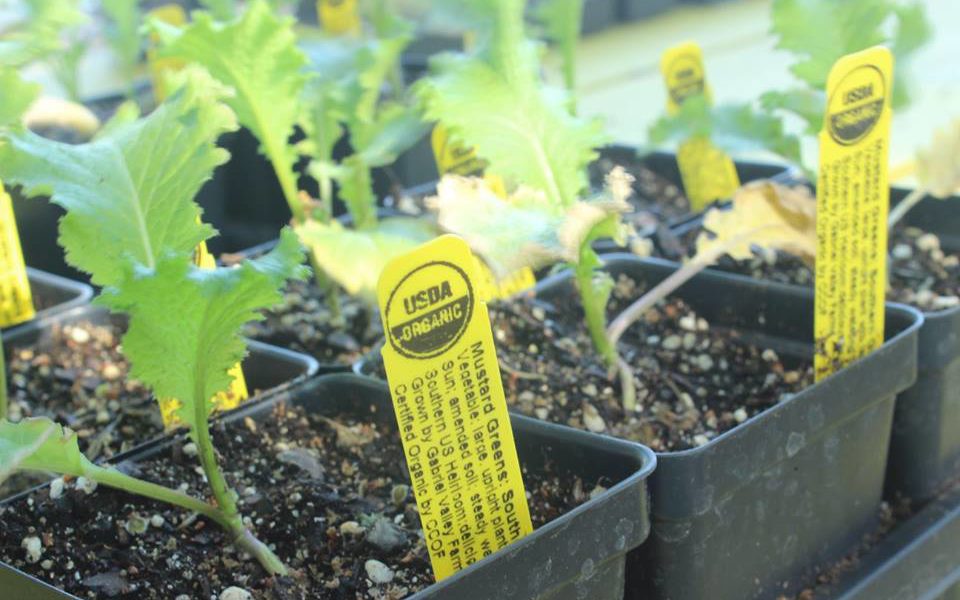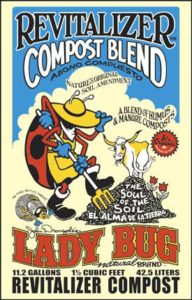Double, double soil and trouble
Posted on July 26, 2016 by Neal Charles

Late summer through early fall is a hard time to garden in Austin. If your summer plants are struggling and using more water than they are producing yields, it’s a good idea to start considering your fall and winter garden. Pull out stressed plants and work on replenishing your soil before planting fall or winter plants. Vegetables will deplete vital minerals and nutrients during their lifespan and it’s important to replace these periodically and before adding new plants. Those dry, yellow leaves on the bottom of your tomato indicate a lack of nitrogen. Plants use potassium to open pores widely when water is available and close during a drought so our long dry summer will deplete this element.
Some great ways to replace nitrogen and potassium include using a fish emulsion, liquid seaweed, animal manure, cottonseed meal, coffee grounds, wood ash and or good ole compost. A few other important nutrients that get used up are calcium, magnesium & sulfur. Dolomitic Limestone, bone meal, wood ashes and compost can be added to the soil to restore these elements. And don’t forget crop rotation! It’s always a good idea to move plants around as long as you don’t plant them near something that’s not a good companion.
Cover crops are a great idea to plant over winter if you don’t plan on planting much and just want to get your bed in the best shape for spring. Or you can plant along with winter varieties and pull before they seed. The general idea is to plant these low maintenance crops and till up and mix into the soil before your next round of planting. You should wait a few weeks before adding back to the soil and don’t want to start planting right away. Alfalfa, peas and clover are all good options as they absorb nitrogen directly from the air and make it available in the soil. Mustard is also a great cover crop that is naturally toxic to pests and soil nematodes.
If you’ve cleaned out your bed of summer plants and amended your soil or have a new bed ready, late August to September is the perfect time to start thinking about planting these:
Beans, beets, broccoli, Brussel sprouts, cabbage, carrots, cauliflower, cucumber, garlic, kale, potatoes, lettuces, mustard, onion, potatoes, snap and snow peas, radishes, shallots, spinach and squash.
Don’t forget to consult the A&M vegetable planting guide here: http://aggie-horticulture.tamu.edu/travis/wp-content/uploads/2015/09/VegPlantingGuideJan2015.pdf
Happy Gardening!
Category: Blog, Homepage Slider Tags:
 Adelphi Acre Community Garden
Adelphi Acre Community Garden

